During our latest webinar in collaboration with Palo IT and The Hong Kong French Chamber, we have discussed the latest global trends on new ways of working and have collected for you the 5 top findings and key take-aways.
When typing on Google Search “new ways of working covid-19”, we get about 8,700,000,000 results - yes 8.7 billions - enough to confirm that this topic is attracting a maximum amount of attention right now. The good news is you don’t have to spend days to look on Google, we have done the work for you, and you can read this article instead.
So, what are the latest trends?
#1. Flexible remote working models
It is clear that flexibility is a must these days and multiple working models are now in place. While the “Working from anywhere” appeals to many companies and many employees, we have to remember that it may not make sense everywhere and for every employee. So flexible options must be considered before jumping to implementing a new operating model.
In addition to the model below (source: BCG), companies should also consider offshoring (if employees can work from anywhere, why should they be based in expensive cities?), freelancing (a portion of your current workforce may not be required full time all the time, and contractors can be called in on a project to project basis), and RPA (Robotics Process Automation, as simple processes can be now automated and may not require human interaction). These options may take more time to implement but could result in interesting ROIs.
#2. Outcome-based, Project based, and Agile Teams
The “9 to 5” concept looks obsolete. Working outside the office has changed the way companies have organized deliverables and work. Many have switched to outcome-based work. While this is easy to talk about it, it requires adequate planning, and often a change of processes. Project based teams are more numerous than before and Agile Teams structure make more sense than in the past. It won’t apply to all businesses and all functions, but specific pilots can prove its value.
#3. Skills mapping, upskilling, and reskilling
While the notion of upskilling has already been very popular before Covid-19 due to the move to higher degree of digitalization, reskilling has increased as well to enable employees to move to different jobs and roles within their organization.
Many companies have also taken advantage of a slow business activity to map their employees’ knowledge, skills, and abilities beyond their current role. By doing that, they have discovered that their employees could perform a larger and more diverse scope of activities, helping companies to restructure their teams, and increase their employees engagement.
#4. Trust, Empathy, Transparency, and Engagement
Employees’ trust in their leadership has typically increased during Covid-19 as companies had to show care and pay attention to their employees’ health and well-being. Expectations have now been set to keep the same level of trust and empathy. Employees want their managers and their companies to show a greater and continuous level of human attention and care. Given the uncertainty we all have to deal with, employees understand the difficulties to get clear business directions, but expect the highest level of transparency to feel respected. This will contribute to higher level of engagement.
#5. Physical and mental well-being, and Psychological safety
Covid-19 has forced companies to think and take in consideration their employees’ physical and mental well-being. Significant progress has been made and multiple initiatives have been taken across industries and companies. The concept of psychological safety is now recognized as a must-have behaviour from leadership teams across different cultures. These trends have now been set and activities need to be sustained to ensure employees’ expectations are met.
So given these latest trends, what should you focus on now in practical terms?
Listen to your employees, analyse their inputs, and unlock your employees’ passion
Share knowledge and involve your team members’ in decision making and project work
Be flexible in everything you do, from designing your org structure to rethinking your HR Programs
Recognise and celebrate on a regular basis even if it is on a virtual basis
Demonstrate care and psychological safety
Map skills, upskill, reskill wherever it makes sense
Develop collaborative leadership
After the “What’s happening” and the “Biggies” you should focus on now, you wonder “Ok, so how do I put this in place now”? We are here for you – ready to discuss together with you and to help you design and implement the optimal ways of working within your Company. It just takes an email or a call to start the journey.



